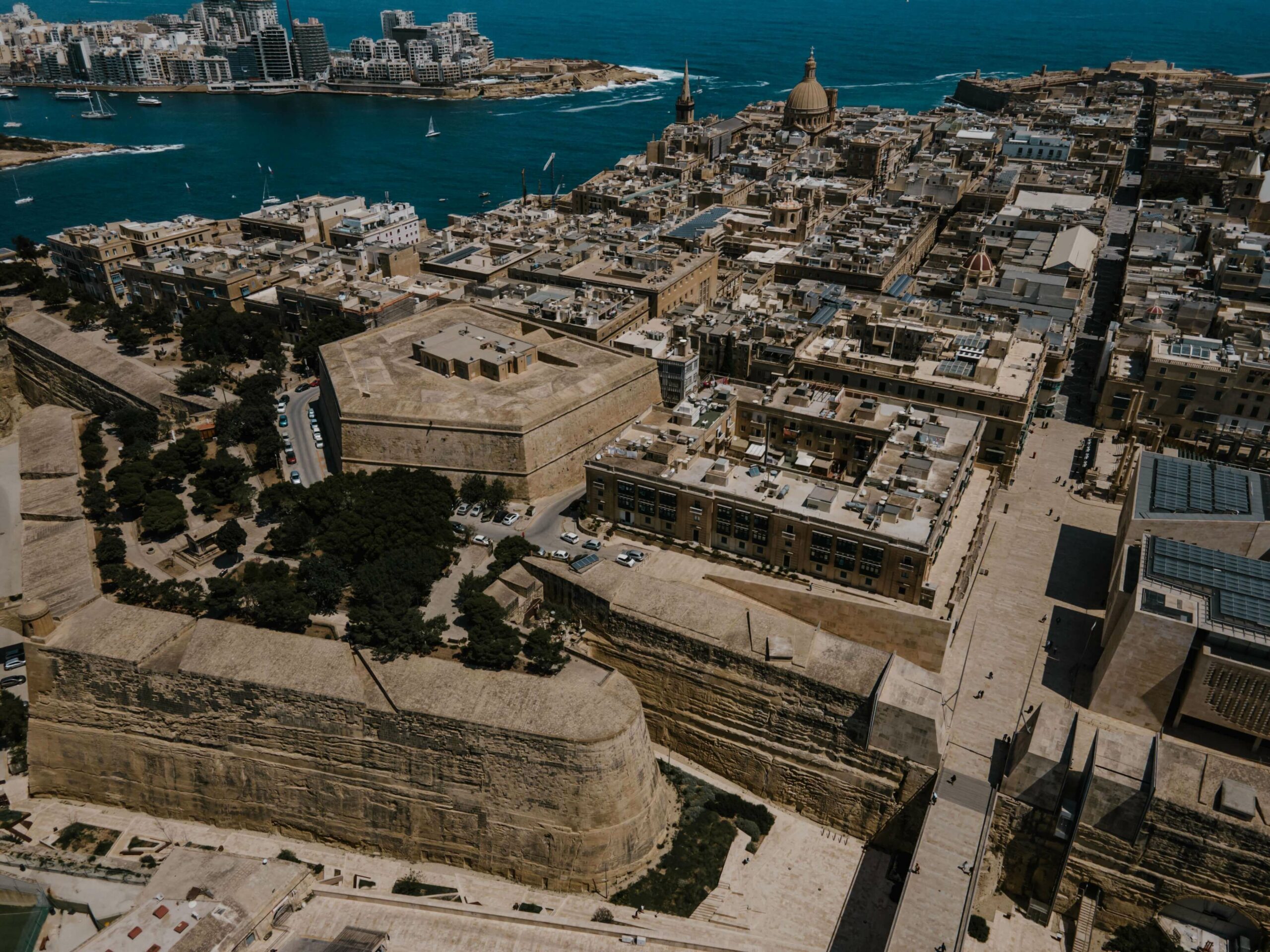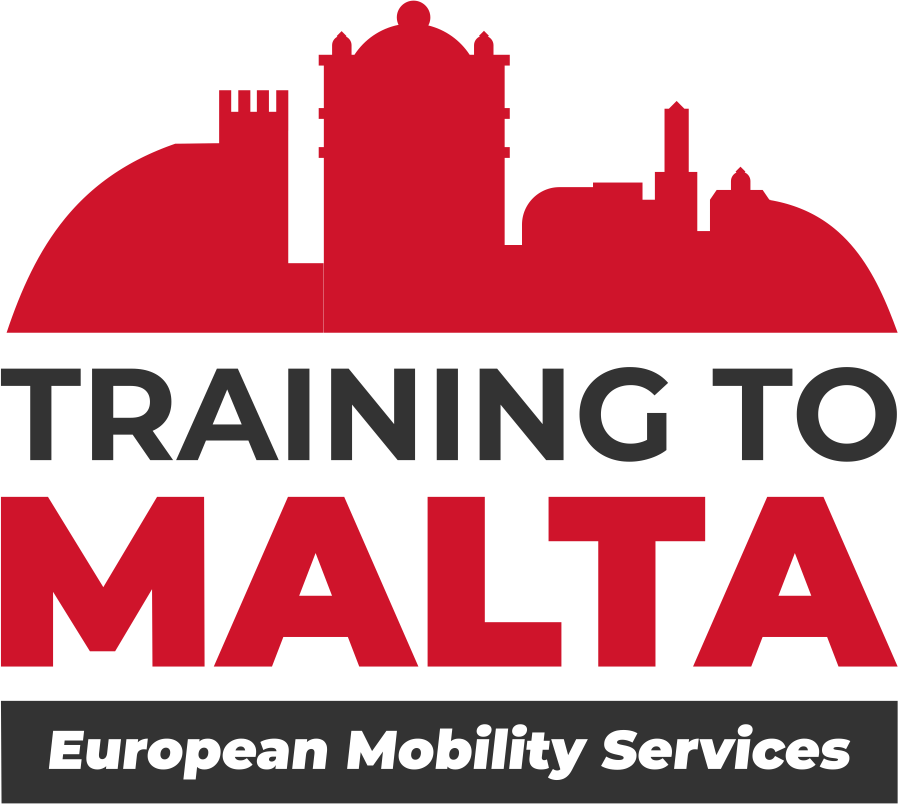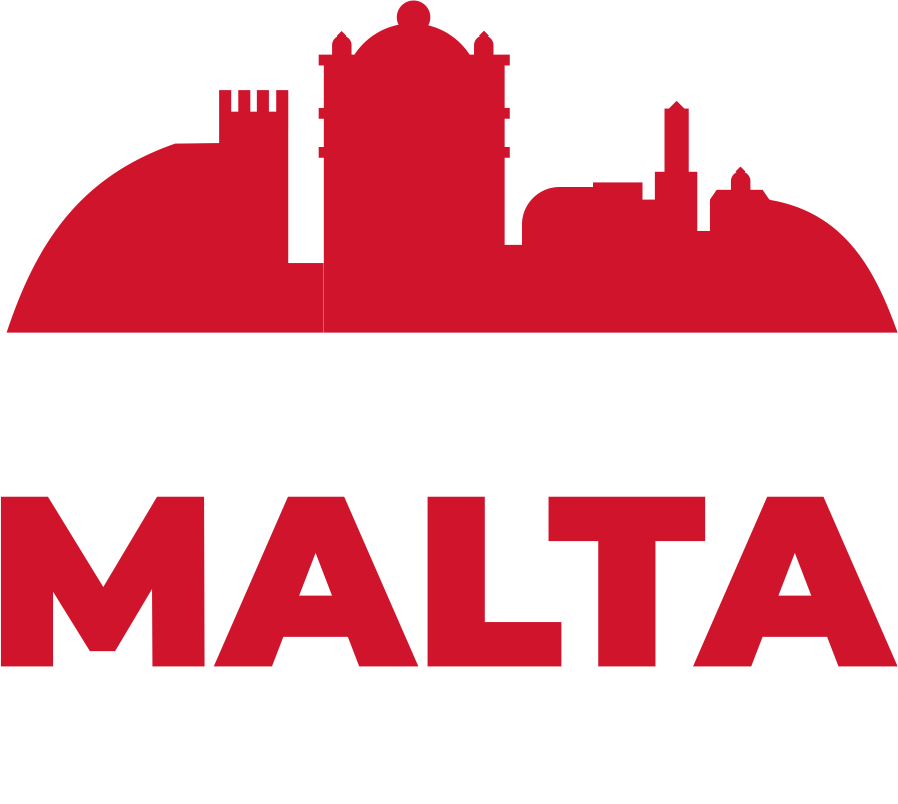About Malta
Based in the Central Mediterranean Sea, Malta is a small archipelago of five islands – Malta (the largest), Gozo, Comino, Comminotto , and Filfla.
The capital city of Malta is Valletta. Malta attained independence in 1964. Under the 1964 Independence Constitution, Malta was a constitutional monarchy and parliamentary state. This constitution was amended in 1974 to make Malta a republic within the Commonwealth. The climate is a typically Mediterranean.
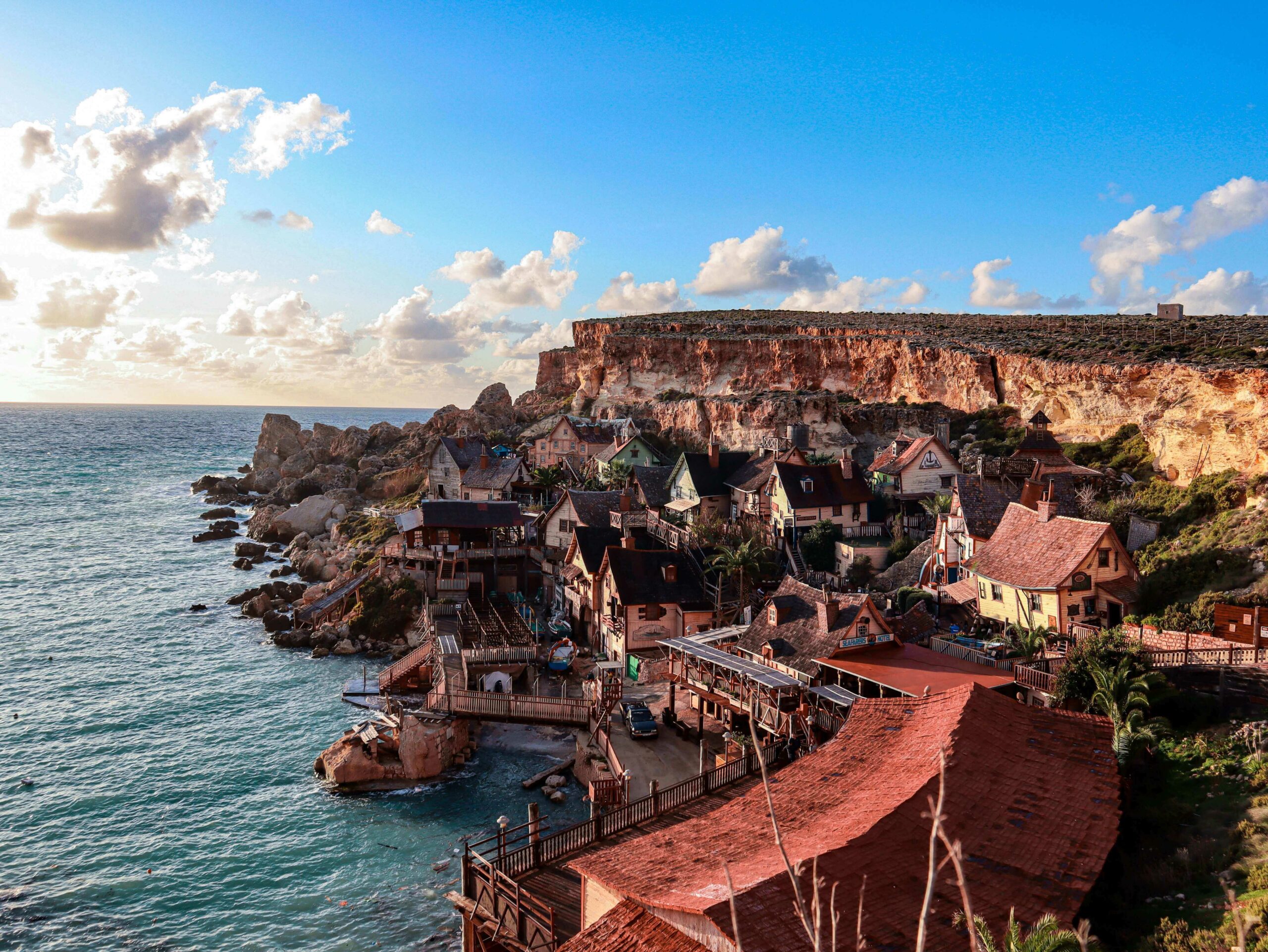

Temperatures are stable. Maltese culture stems largely from the Islands’ history of domination by Arab, Norman, European and English influences, as well as from the widespread prevalence of the Roman Catholic Church. The Easter period also gives rise to a spate of Good Friday biblical character pageants in several parts of the Islands, these being colourful and devotional at the same time. Folk festivals are also popular. The principal one is l-lmnarja, an agrarian feast held on June 29, the joint feastday of St. Peter and St. Paul, and highlighted by I-ghana, a type of folksinging peculiar to the Maltese Islands.
Carnival in Malta dates back to at least the middle of the 15th Century. Balls and dance competitions featuring the Maltija, the national dance, the Parata, a sword dance, as well as contemporary dances and defile`of floats, satirical and other, are the order of this 3-day festival.
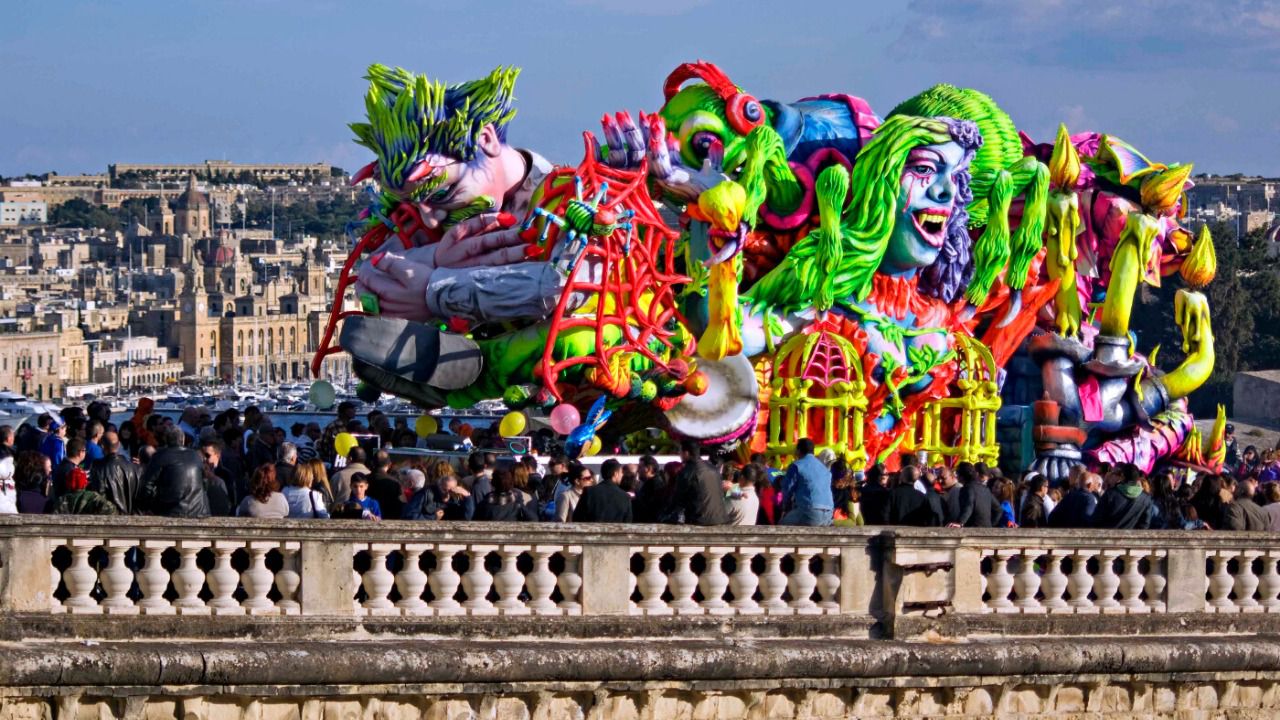

Malta is a country of bastions and belfries. No other country in the world has so many walled cities, churches and chapels in so small an area. The walled cities are Valletta, Mdina, Furjana (Floriana), Bormla (Cospicua), lsla (Senglea), and Birgu (Vittoriosa). Mdina, Malta’s old capital city, ranks amongst the world’s oldest mediaeval cities.
Malta owes its rich architectural heritage to the rule of the Knights of the Order of St. John (1530-1798). Under the Knights, the Maltese discomfited the Turks of the Ottoman Empire in the Siege of 1565. They also built their capital city Valletta, a jewel of Baroque architecture.
